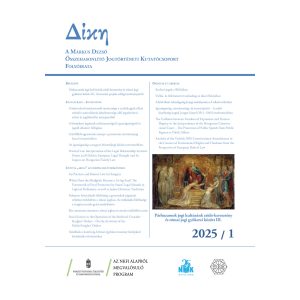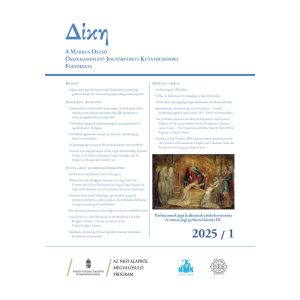Szerző: Hamza Gábor
Pécsi Tudományegyetem Állam- és Jogtudományi Kar 2025
A cikk angol nyelvű.
*****
The development of Hungarian law has many links with European legal culture. Primary among these is Hungary’s adherence to Western Christianity from the time of the foundation of the Hungarian state and the influence of the Roman legal tradition in shaping legal culture, both directly and indirectly through canon law. In this paper – as a summary of my previous works on this topic – I will show in which phase of the development of Hungarian law between the 11th and the 20th century the Roman legal tradition influenced the development of Hungarian law, how this influence manifested itself, who were the mediators of this influence, to which scientific trend they belonged and to what extent Roman law shaped Hungarian legal thought.
A részletes adatlapot a képre vagy a címre kattintva érheti el.
Ingyenesen letölthető, open access kiadvány












